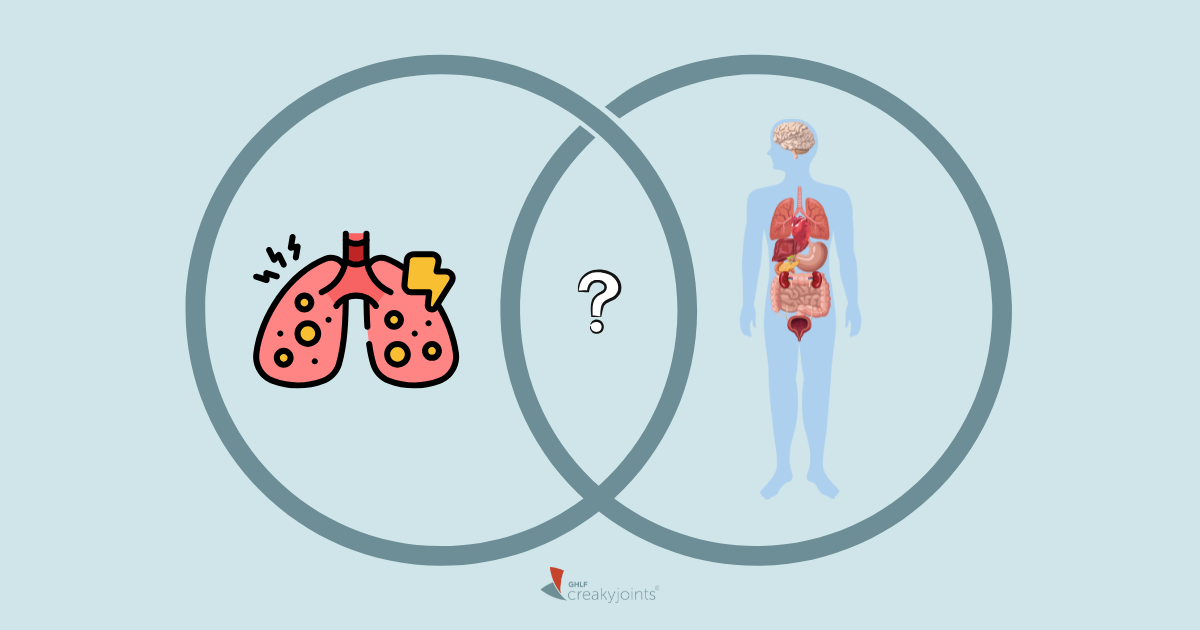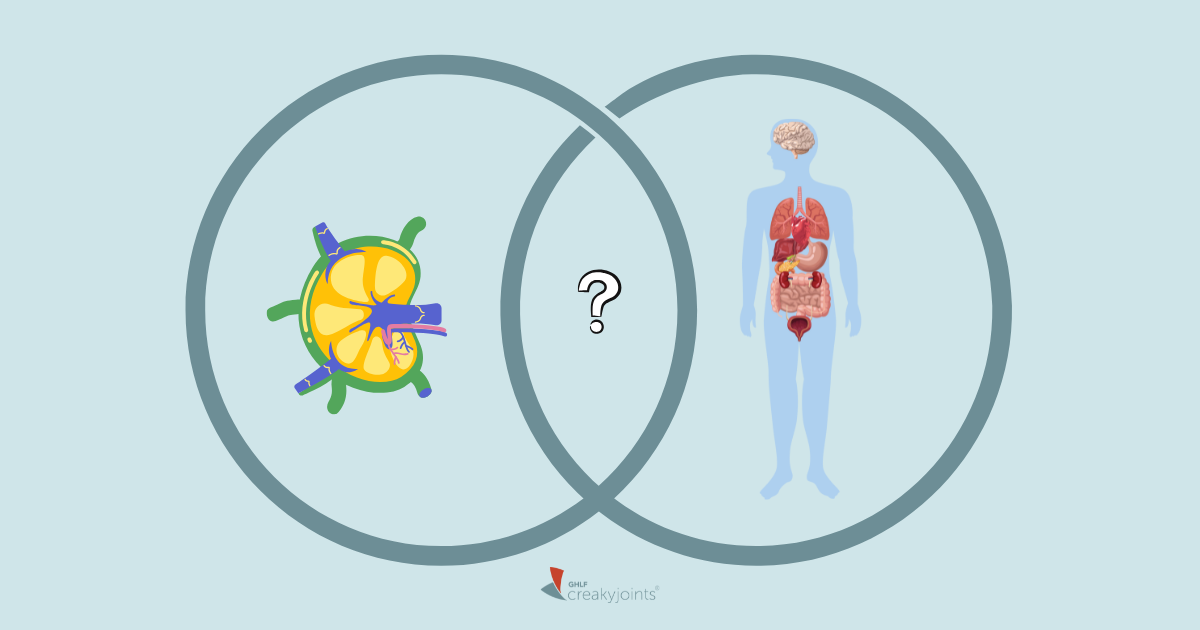If you have a bunion (or two), you know just how uncomfortable they can be. Perhaps you have to deal with red, tender skin after wearing your favorite shoes — or you can’t even wear your favorite shoes anymore — or you get numbness and tingling when walking or jogging.
There are several treatments for bunions, including over-the-counter options and surgical procedures. However, it can be challenging to know what’s right for your bunions, what actually works, and when it’s worth making an investment in bunion treatment. We spoke with orthopedic experts to explain the options.
What Is a Bunion, Exactly?
Bunions are a deformity of the metatarsophalangeal (MTP) joint at the base of the big toe. They develop when the first metatarsal bone of the foot rotates outward, which causes the big toe to point inward, according to Harvard Medical School. This causes the telltale “bump” that characterizes bunions. Wearing shoes put pressure on this jut-out joint, causing inflammation, stiffness, and pain.
“We don’t truly understand why the joint decides to do that, or why it may happen in one foot and not another, but I think there are multiple factors that play into it,” says Rebecca Cerrato, MD, FAAOS, an orthopedic surgeon at The Institute for Foot and Ankle Reconstruction at Mercy Medical Center in Baltimore. “Probably one of the biggest factors of developing bunions is genetics.”
Arthritis and Bunions: Understanding the Link
Arthritis can raise your risk of bunions — or even be confused for them.
Rheumatoid Arthritis
Rheumatoid arthritis may affect the big toe and raises your risk of bunions due to the toll inflammation takes on the joints. As joints erode, they may shift and dislocate, resulting in bunions. Although this can happen in those with psoriatic arthritis, it’s uncommon.
Osteoarthritis
For patients with osteoarthritis, cartilage erodes from injury or years of wear and tear on a joint. As a response to the damaged cartilage, the bone breaks down over time and the body develops bone spurs near the damage, per the Cleveland Clinic. This might resemble a bunion —and be mistaken for it — but it is actually extra bone growth.
Gout
If you have gout, it may also be mistaken for a bunion. Gout is caused by high levels of uric acid in the blood that starts to accumulate in joints and can lead to pain and inflammation around the big toe. It can be difficult to tell gout and bunions apart, but the treatments are very different — managing gout often involves prescription medication to lower uric acid levels. New research shows that gout cases are increasing globally.
Other risk factors for getting bunions may include wearing high heels or ill-fitting shoes and foot stress or injuries, per the Mayo Clinic.
Bunion Treatment: Understanding Your Options
First, know that treatment isn’t always required for bunions.
“The only reason somebody needs to seek out treatment — whether it’s over-the-counter options, changing their shoes, or even having a consultation for surgery — is if the bunion itself is starting to cause pain,” says Dr. Cerrato.
If bunion pain is an issue for you, here are common treatment options.
Over-the-Counter Treatment for Bunions
It’s important to know that over-the-counter treatments for bunions act a lot like bandages: They may offer temporary pain relief, but they won’t actually fix your bunion or prevent it from getting more pronounced. That said, these options may help you feel more comfortable in shoes or when you’re sleeping.
Bunion Sleeves
Resembling a turtleneck for your toe, these sleeves slip over your big toe and the ball of your foot to cover the bunion with a soft cushion. Their main purpose is to ease the rubbing that may occur when you wear shoes that have a narrow toe box.
“For some of my patients, this can make certain shoes that would rub and irritate the skin more comfortable,” says Dr. Cerrato. “They use a bunion sleeve when they’re wearing, for instance, stiffer leather shoes and need better padding. Patients may not find a sleeve necessary when they’re wearing soft suede shoes or sneakers.”
Others find relief from simply placing a bandage or callus pad over the bunion to protect the skin from rubbing.
As a preventive measure, be sure to choose footwear that has a wider toe box to provide more room for your bunion. Your shoes shouldn’t squeeze or press against your foot (it’s best to avoid pointy shoes), and there should be some space between the tip of your longest toe and the end of the shoe, recommends the Mayo Clinic. Tight, narrow shoes might make bunions worse.
If you have arthritis, it’s also best to look for shoes with less flexible soles.
“For patients with arthritis in their big toe, it actually hurts when the joint moves up and down as they walk,” says Dr. Cerrato. “I tell those patients, whether they have a bunion or not, that shoes with stiff soles may give them better relief. That way, when they walk, they flex through their big toe less.”
Try It:
- Bunion Relief Sleeve ($6.49)
- Flyen Bunion Sleeve With Toe Spacer ($12.99)
Bunion Splints
Bunion splints wrap around your foot to align your toes. They are usually used at night since they can’t be worn with shoes. You might find that the alignment feels nice, but when you take the splint off in the morning, the benefit will be gone.
Bunion splints will not straighten your toe permanently or prevent a bunion from progressing.
“Some patients do find that it feels comfortable to wear a splint at night and stretch out the joint,” says Dr. Cerrato. “If you want to see if it gives you some level of relief, that’s fine, but it doesn’t accomplish any correction.”
A bunion splint may range in price from $10 to $80, so it can become a relatively costly treatment option for potentially little benefit.
Try It:
- Soulern Bunion Splint ($13.99)
- Caretras Bunion Splint ($21.99)
Toe Spacers
Like bunion splints, toe spacers are meant to help align your toes temporarily, but they can be worn inside shoes. The spacer is typically made from a soft gel or foam material and is placed between the first and second toe.
“It may hold the toe a little straighter, which some patients might find is more comfortable in shoes,” says Dr. Cerrato. “It may also keep the big toe from rubbing the second toe and creating a callous or pain.”
However, similar to a bunion splint, the benefit will be gone once you take off the toe separator. “Your toe is going to go right back to where it was resting before you put the spacer in,” adds Dr. Cerrato.
Try It:
- ZenToes Gel Toe Separators ($9.99)
- Povihome Gel Toe Spacers ($9.99)
Surgical Options for Bunion Pain
Your doctor may recommend surgery for your bunion(s) if you’re experiencing pain and changing shoes or using over-the-counter treatments isn’t helping. The pain may be in the bunion itself, or in the toes that are affected by it.
“Bunions can cause a lot of issues with other toes, like hammer toes or claw toes, which can be exquisitely painful,” says Dr. Cerrato. “You can’t correct those deformities surgically unless you address the bunion as well.”
A hammer toe is one that bends toward the floor at the middle toe joint, causing that joint to rise upward (this usually affects the second toe), per Michigan Medicine.
Claw toes typically affect the four smaller toes all at once, causing them to bend up at the joint where they attach to the foot and down at the middle joints and those nearest the toe tips — causing the toes to curl down to the ground.
There have been more than 150 varieties of surgery used for bunions, but osteotomy and fusion surgery are the two most common types. It’s worth asking your doctor about why they recommend a certain surgery for you, as well as getting a second opinion from another surgeon.
Many factors may play into which type of bunion surgery your doctor recommends, including your age, whether you have arthritis, and your medical history. The amount of time you’ll need to recover from surgery depends on the type of operation you receive, but it’s possible you’ll need to wear a foot brace for six to eight weeks, per Johns Hopkins Medicine.
Bunion surgery should not be used for preventive or aesthetic purposes.
Osteotomy
Osteotomy is a type of bunion surgery in which a surgeon makes small cuts in your bones to realign the joint.
The cuts may be performed in various places along the bone to fix the deformity, and in some cases, a small wedge of bone is removed. Your surgeon then fixes the new break with pins, screws, or plates, according to the American Academy of Orthopaedic Surgeons.
“Bone cuts that are performed closer to the bunion joint are typically used for more mild or moderate deformities,” says Dr. Cerrato. “If a patient has a very large deformity, the bone cut actually goes further up the foot because it’s a more powerful way of correcting it.”
Fusion Surgery
This type of bunion surgery may be recommended if you also have arthritis. Fusion allows the bones in your foot to heal together and eliminate movement and pain if the joint is damaged beyond repair, which is typical in arthritis patients, says Johns Hopkins Medicine. Occasionally, a surgeon may use joint replacement implants to reconstruct the big toe joint.
“This is frequently used in patients who have either really severe bunions or arthritic bunions,” says Dr. Cerrato. “The toe joint itself gets fused so it doesn’t move.”
The surgeon may also fuse the first metatarsal bone (which extends to the middle of the foot) and one of the small bones in your midfoot called the medial cuneiform, according to the American Orthopaedic Foot & Ankle Society. Also known as the Lapidus procedure, this is used to realign the toe when there is a bunion deformity with a very large angle.
Talk to your doctor about what bunion treatments are best for you. But keep in mind that treatment is only necessary if you’re experiencing a lot of pain or discomfort from your bunion.
Not Sure What’s Causing Your Pain?
Check out PainSpot, our pain locator tool. Answer a few simple questions about what hurts and discover possible conditions that could be causing it. Start your PainSpot quiz.
Bone Spurs. Cleveland Clinic. October 9, 2017. https://my.clevelandclinic.org/health/diseases/10395-bone-spurs.
Bunions. Mayo Clinic. October 22, 2019. https://www.mayoclinic.org/diseases-conditions/bunions/symptoms-causes/syc-20354799.
Bunion Surgery. American Academy of Orthopaedic Surgeons. August 21, 2020. https://orthoinfo.aaos.org/en/treatment/bunion-surgery/.
Bunion Surgery. Johns Hopkins Medicine. August 21, 2020. https://www.hopkinsmedicine.org/health/treatment-tests-and-therapies/bunion-surgery.
Hammer, Claw, and Mallet Toes. Michigan Medicine. June 26, 2019. https://www.uofmhealth.org/health-library/hw143427.
Interview with Rebecca Cerrato, MD, FAAOS, an orthopedic surgeon at The Institute for Foot and Ankle Reconstruction at Mercy Medical Center
Lapidus Procedure. American Orthopaedic Foot & Ankle Society. August 21, 2020. https://www.footcaremd.org/conditions-treatments/toes/lapidus-procedure.
What to Do About Bunions. Harvard Medical School. July 2, 2020. https://www.health.harvard.edu/diseases-and-conditions/what-to-do-about-bunions.






